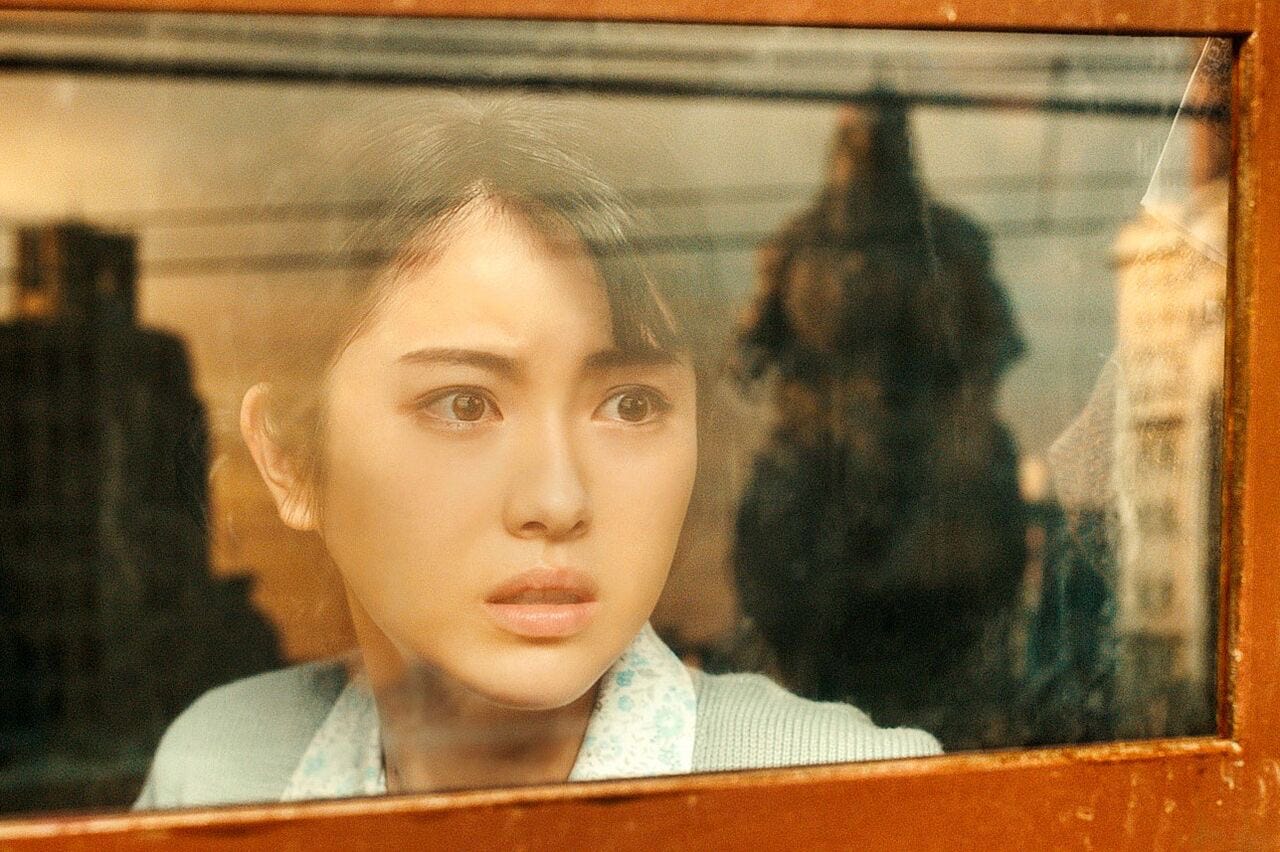"Godzilla Minus One" is a Spectacular Film That Should Not Need to Exist
The latest installment in the franchise mourns the monster’s perpetual relevance
It has been nearly 70 years since Ishiro Honda’s Godzilla first hit theaters, spawning a franchise that now contains 38 films and dozens of television series, comics, and video games. But despite the complete saturation of the franchise, Godzilla is far more than a recognizable IP simply being regurgitated to line the pockets of a prominent studio — the story survives because of a consistent urgency and continuity of form.
The original 1954 film was born in the wake of atomic bomb attacks in Japan, a cathartic reflection on the national trauma of nuclear destruction. It is not subtle in its parable concerning post-traumatic collective fear and is sincere in its sentiment, a mournful and despairing demand to alter the course of humanity. And for nearly seventy years, that demand has never been heard. The power of Godzilla goes beyond the terror of his rampage — the pit in your stomach as you hear his echoing footsteps comes from the knowledge that seventy years later, cities are still being reduced to rubble. Godzilla still lives.
Godzilla Minus One returns directly to the original form, a meditation on the life of a broken man haunted by survivor’s guilt in which the magnitude of the monster's destruction is tantamount to the collective physical and psychological pain of post-war Japan. There is no mythology to this Godzilla — he appears immediately, and his presence is not explained beyond a few sentences of exposition. We all know this monster well (in both his physical form and as a parable), allowing Godzilla Minus One to shift its focus to the apocalyptic malaise of the collective psyche; Godzilla is not a monstrosity to be discovered, but rather a manifestation of the hopelessness and terror that has debilitated humanity.
In his physical form, Godzilla exists as a seismic allegory for his own perpetual relevance. While the 1954 monster was a revolutionary analog achievement in filmmaking, this Godzilla is technically constructed as a standard CGI illusion. Despite his sleek digital veneer, he intentionally moves with the same static and archaic motions of his analog predecessor. He has taken on a new appearance but is a part of the same old man-made machine — like the systems he represents, nothing has changed but his presentation.
To take on this monster, a coalition of scientists and soldiers mobilize, funneling their collective hope for protection of civilization into a plan to destroy Godzilla. But their ships, planes, and weapons are almost indistinguishable from Godzilla, their sharp gray metal mirroring the monster they seek to destroy. The tools of their militancy are a part of the same beast, as imperial destruction is not an asymmetric conflict, but instead a complex web of exploitation and responsibility that cannot be deconstructed by its own means. The war isn’t over when it’s won — it finally ends when the means that brought it about are no longer in existence.
While Godzilla Minus One’s seismic spectacle is breathtaking, one can’t help but lament its existence nonetheless. Sitting in a packed theater seventy years after Godzilla’s inception, one experiences a bleak pain knowing that his allegorical purpose is still far too relevant. The monster has always been the child of human depravity. “Godzilla was baptized in the fire of the H-bomb,” cries a paleontologist in the 1954 film. “What could kill it now?”
OVERALL SCORE: 8/10
Godzilla Minus One was released on December 1 and is currently in US theaters.





why does he make us feel the questions?